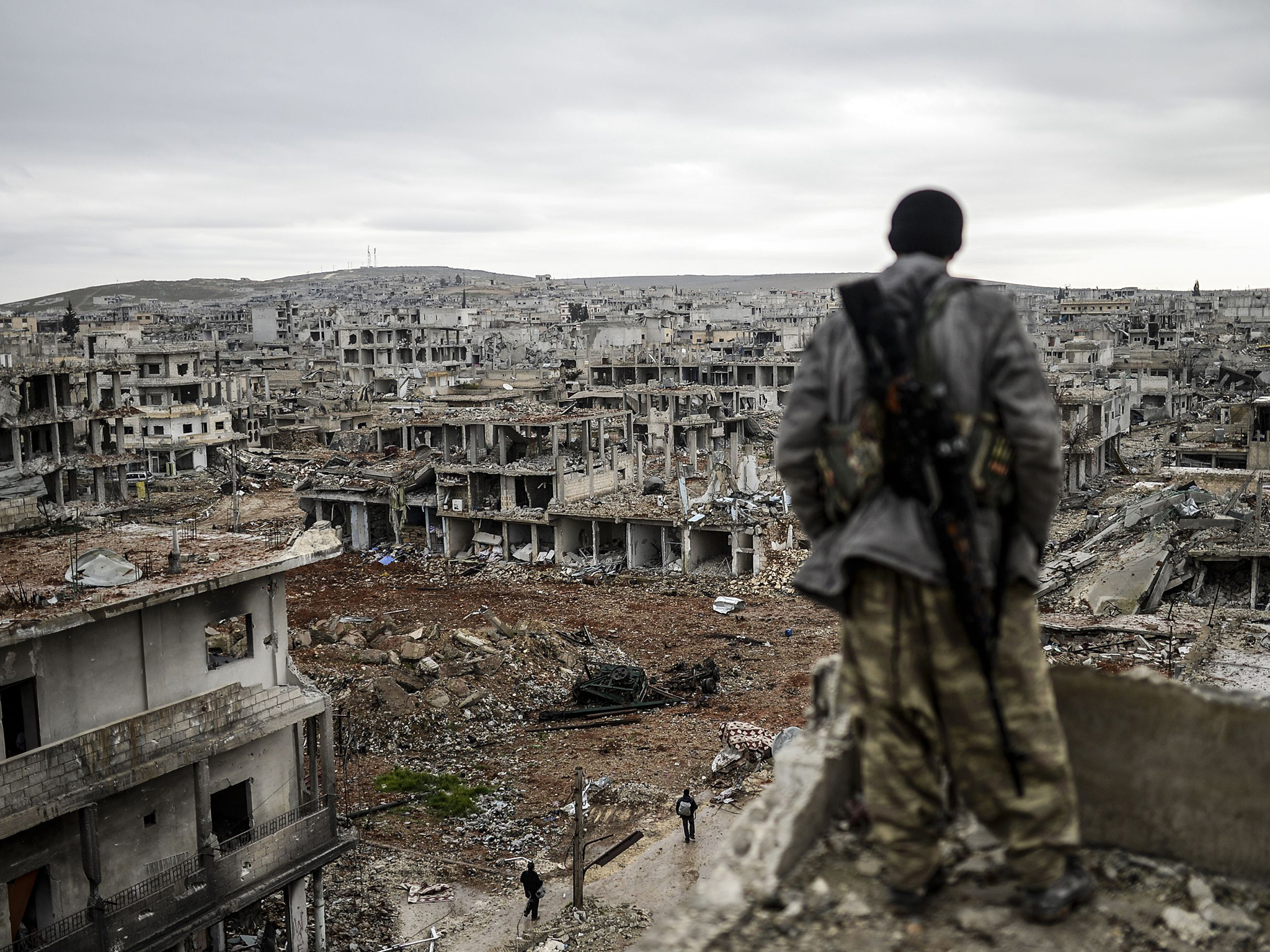The United States has shifted its focus from a war of attrition against ISIS and radical Islamism to one of annihilation and humiliation. Secretary of Defense James Mattis outlined the plan recently and he believes that this is a plan that the US and its allies can win.
But the big question is, will this plan work? History is basically against Mattis’ plan although the theory of destroying the enemy on the battlefield is always a prerequisite to winning a war. But against an enemy that melts away into the civilian population, it is easier said than done.
Mattis pointed to the battles for Mosul and Tal Afar as models for how these tactics will be implemented in other places. In both cases, forces on the ground, some with U.S. help, have surrounded IS targets to try to prevent Islamic State militants from retreating and foreign fighters from leaving the battlefield to return home. The forces then advance and clear these cities block by block, a hard task that takes time. This is what Mattis described as annihilation. The Islamic State’s greatest strength on the battlefield has been its ability to retreat and regroup, and the goal of annihilation is to destroy that strength. But this strategy comes with a high price. Iraq sent its best trained and equipped fighters into Mosul first, and casualty rates were reportedly around 50 percent for some units. The battle is about to enter its eighth month.
According to Mattis, this will be the blueprint for destroying the Islamic State’s caliphate, and the table is being set to apply this model on the de facto IS capital of Raqqa. Mattis is optimistic that IS will lose this fight, but even if this happens, the challenge will then be to prevent another group like IS from emerging.
This is where the humiliation tactics come in. In his interview, Mattis pointed out that the fight against the Islamic State is not just a military conflict. It is “a fight about ideas.” Mattis said the Islamic State’s recruiting and fundraising capabilities must be destroyed. The way to do this is to degrade the IS “message of hatred and violence” and any nation that would support it.
This is easier said than done. At multiple points in the interview, Mattis emphasized that the U.S. does everything possible to avoid civilian casualties, which he said differentiates the U.S. from its adversaries. On the simplest level this is true. The U.S. does not target civilians; the Islamic State does. But reality is more complicated. People who have lost loved ones in an accidental U.S. airstrike take no solace in the fact that the U.S. tries to avoid civilian deaths.
Mattis’ best hope is to get the US’ European and Middle East partners to completely buy into this line of thinking. If they do, and our partner nations do their part, then the plan has a chance of success until the next foe rises from the ashes.
To read the entire article from the Geopolitical Futures click here:
